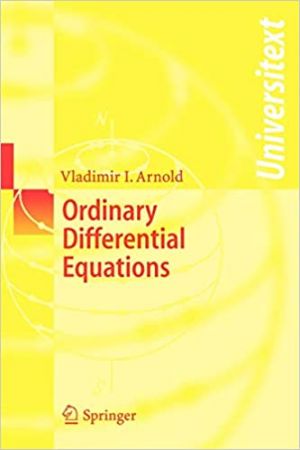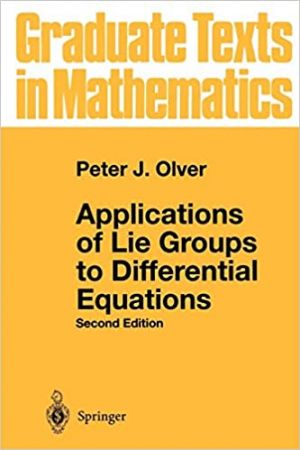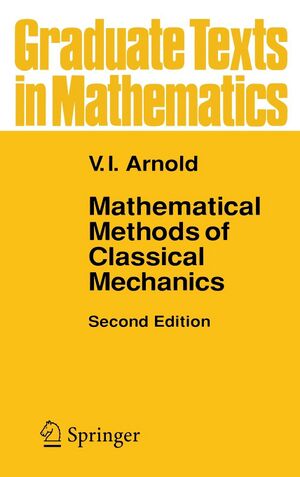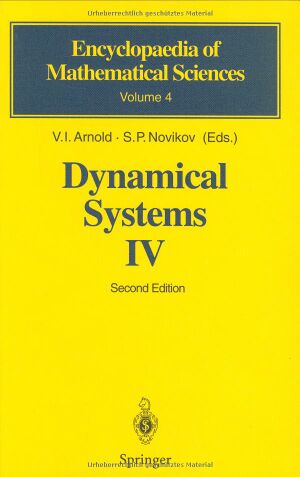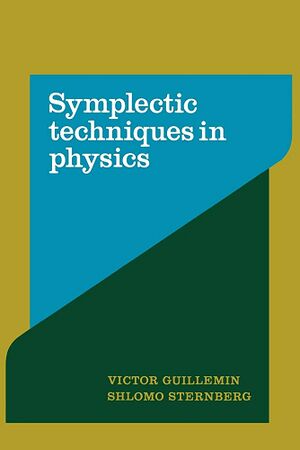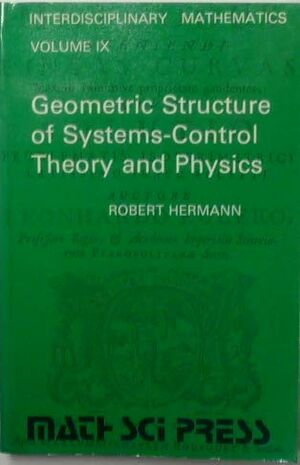Quantum Electrodynamics (Book)
| Quantum Electrodynamics | |
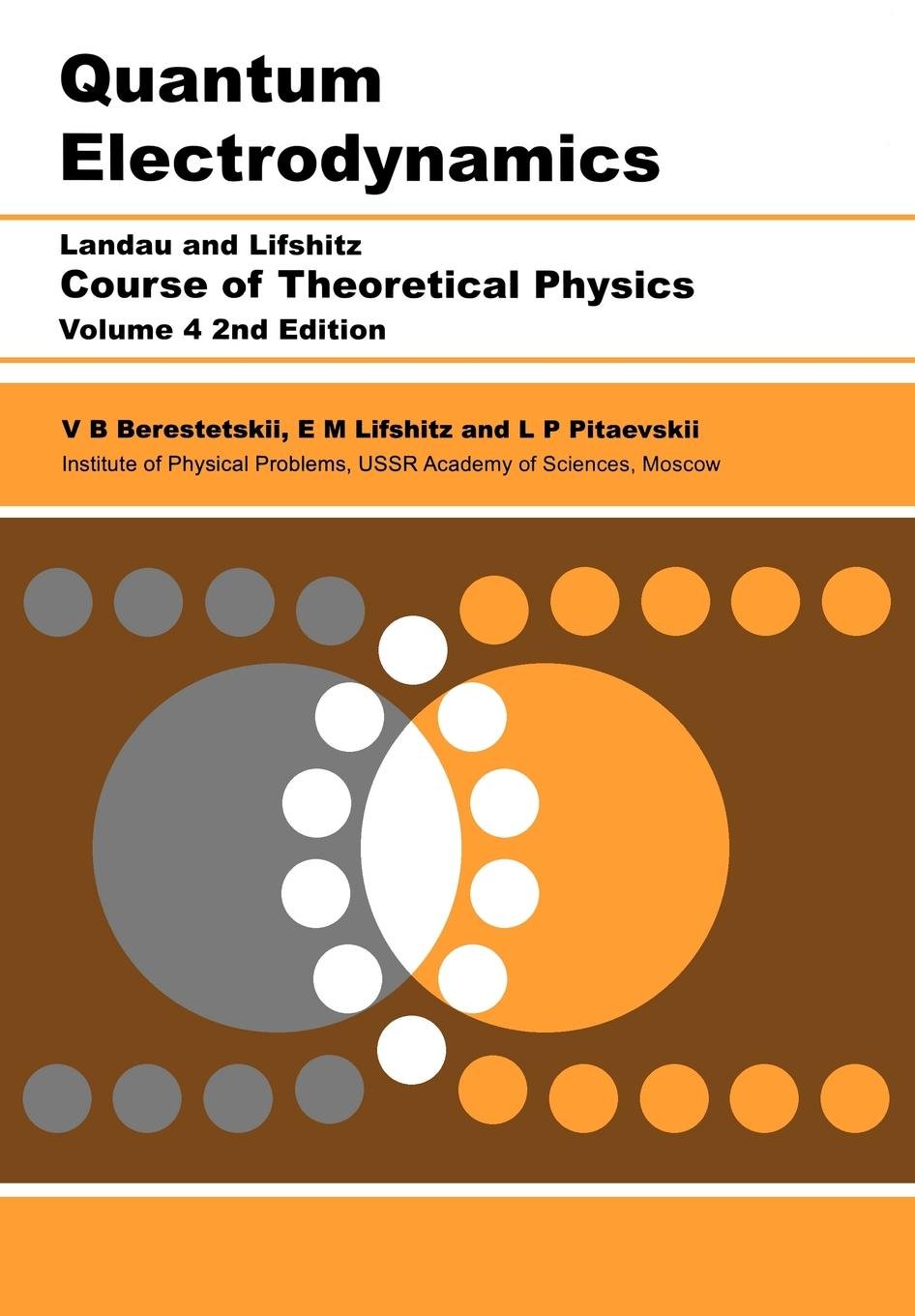
| |
| Information | |
|---|---|
| Author | Lev Landau |
| Language | English |
| Series | Course of Theoretical Physics |
| Publisher | Butterworth Heinemann |
| Publication Date | 1976 |
| Pages | 170 |
| ISBN-13 | 978-0-7506-2896-9 |
In a previous edition of volume 4, the theory of strong and weak nuclear forces was covered, as is mentioned in the preface to the second edition. In hindsight, it wasn't possible to predict the path of these developments which continue today; This shouldn't reflect negatively on this QED volume since the basics methods of the electromagnetic field have not changed, and continuing to experimental applications such as quantum optics will not feel anything lost in this treatment. The present authors and likely Landau himself had the foresight to restrict focus on what could be completely understood, and explain:
- what a photon is, polarization
- what a boson and fermion are, induced action by space-time symmetries
- interaction of these particles with a classical field (to be thought of as a macroscopic lab environment)
- radiation and application of the scattering/S-matrix concepts introduced in volume 3
- perturbation and Feynman graph techniques to compute particle-particle interactions
And the level of mathematics developed is sufficient to continue to apply it to the quantum theory of metals and superfluid helium as in volume 9, condensed matter physics.
So what has gone beyond QED? As can be seen in Atiyah's book on gauge fields and Michelsohn-Lawson on Spin geometry, there is more geometric depth to the classical theory of fields. Standard QFT techniques dictate that we start with classical fields (either functions or gauge fields on bundles) and quantize them to produce a space of operators with desired commutation relations that also respect representation-theoretic aspects of the classical fields. At the quantum level, we measure amplitudes which are given by Green's functions/Correlation functions/propagators that relate the probabilities of processes relating individual points in space-time. These are integrated together to give individual operators on the abstract Hilbert space, which is captured in the Wightman formalism in the Fields and Strings book. Since then, multiple types of axiomatic QFT have emerged to pin down the space of QFTs as a mathematical and geometrical entity:
- Wightman/correlator-based QFTs
- Haag-Kastler/C*-algebra based QFTs (continued into Connes' approach)
- Topological QFTs (originating with Atiyah, Witten, and Segal with axiomatic conformal field theory)
Applications
Applications of Lie Groups to Differential Equations
Applications of Lie Groups to Differential Equations by Peter Olver.
Mathematical Methods of Classical Mechanics
Mathematical Methods of Classical Mechanics by Vladimir Arnold.

